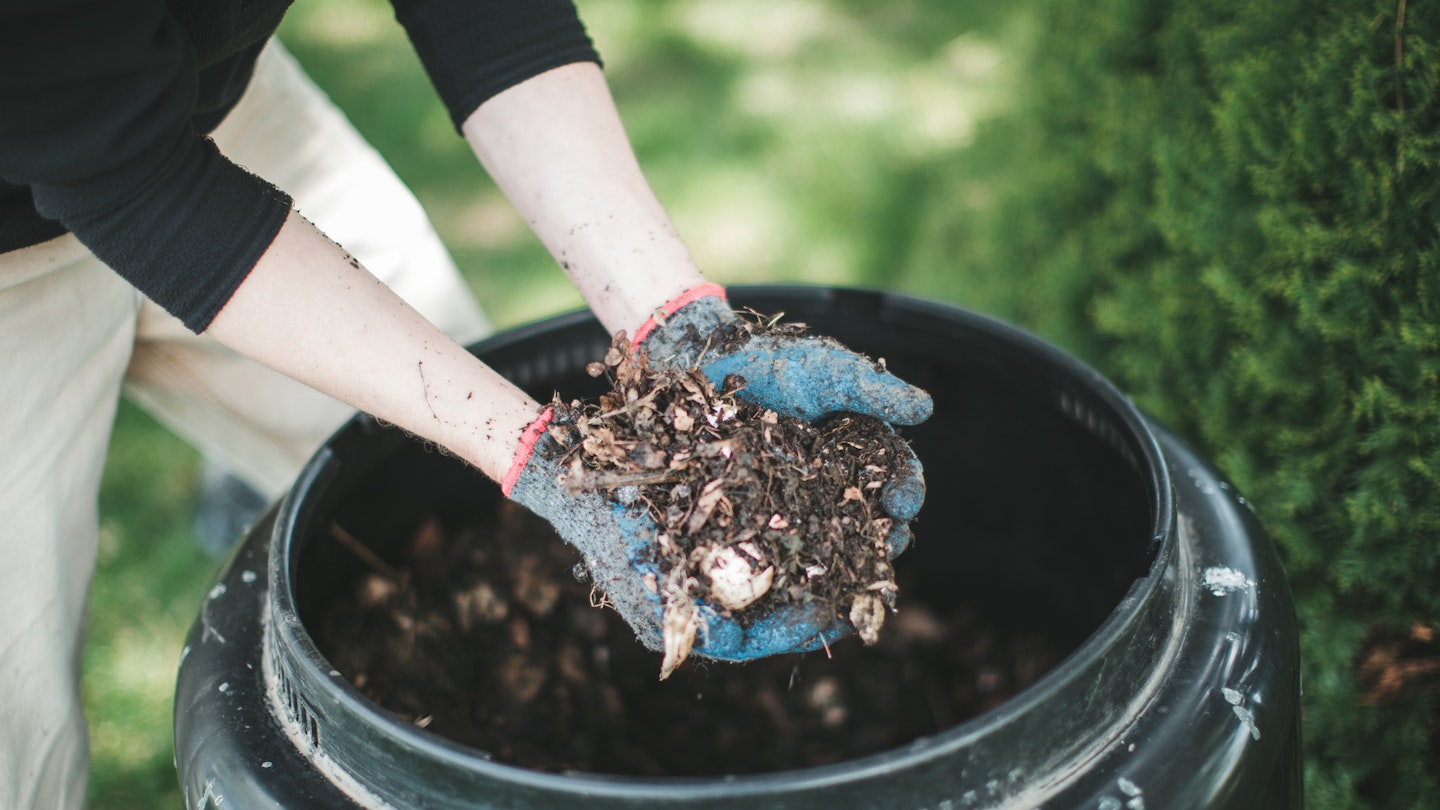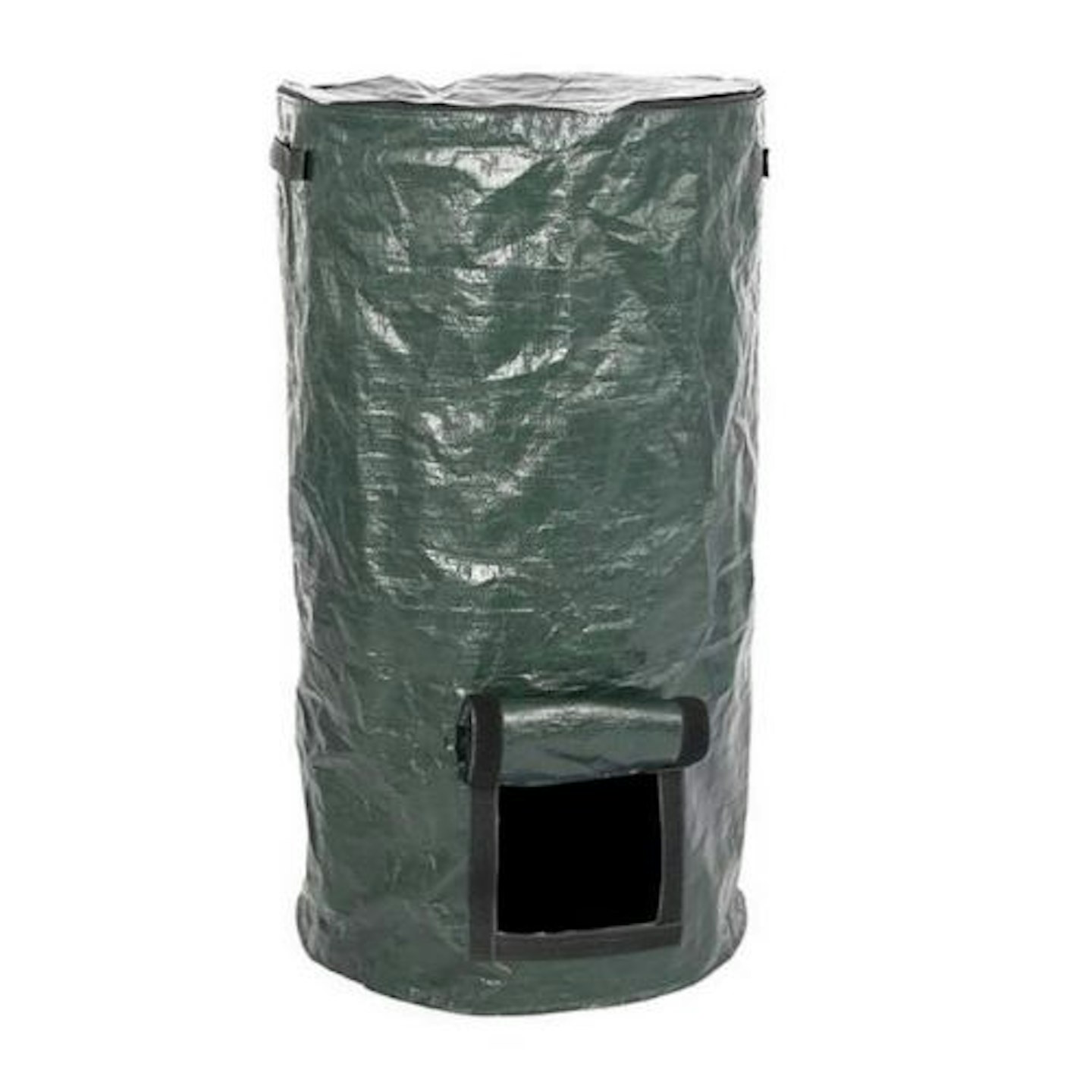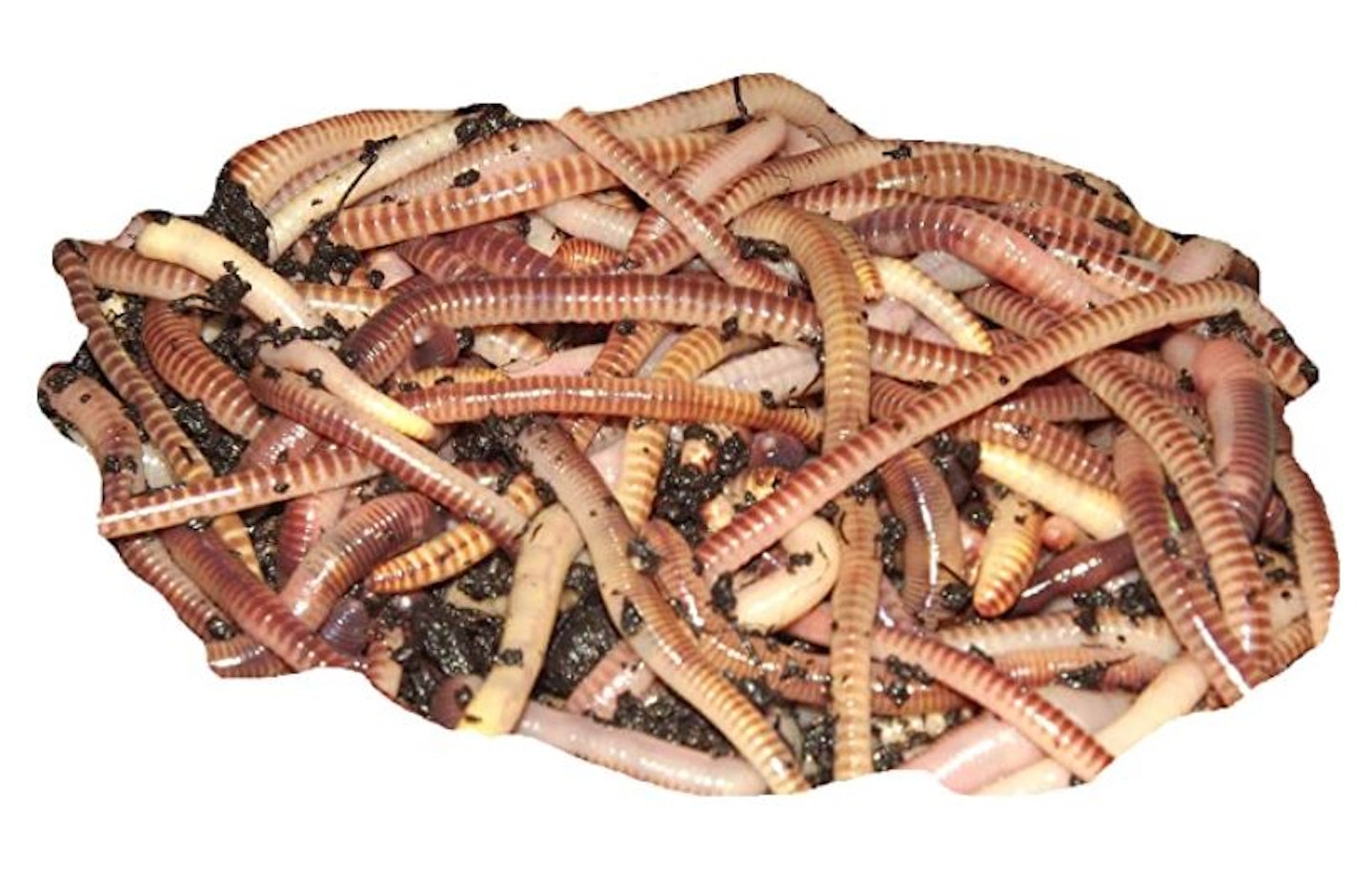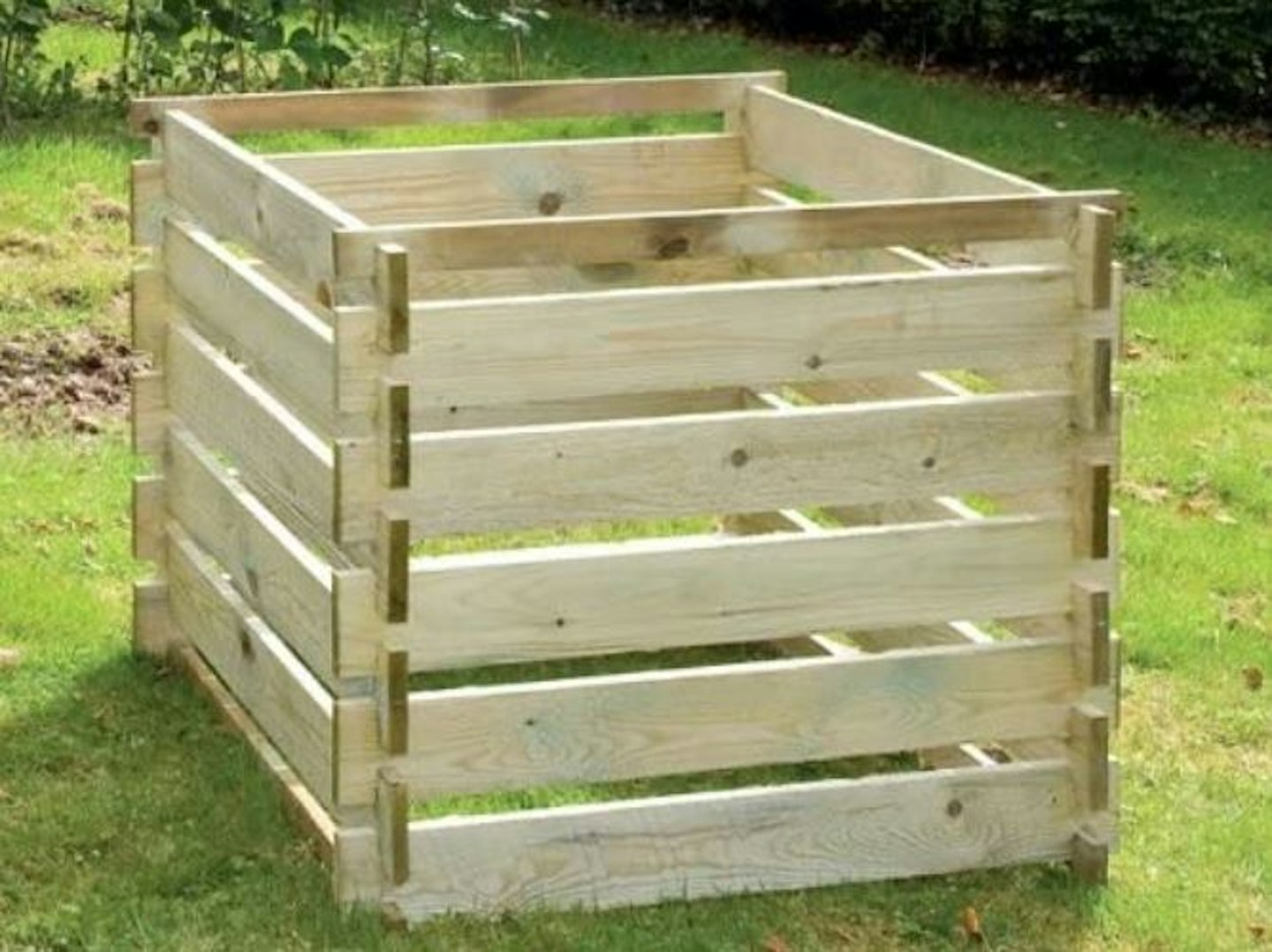Many people will tell you that individual choices make no difference to environmental outcomes. You may even tell yourself this. That’s cobblers. It would be true if there was only one person on Earth, but there are almost eight billion of us. Human biomass is more than eight times that of all wild mammals combined. Thus, the very converse is true: every individual choice we make has a tremendous environmental impact – the consequences of which are becoming abundantly clear.
Related: Best gardening books
With that in mind, doing your own composting at home is an easy and thoroughly useful way to dispose of compostable waste and keep your garden healthy. It’s no small thing. One of the major challenges that a lot of people face in being more sustainable, is understanding that we need to make behavioural changes to the way we live and that buying and promptly disposing of immense quantities of goods can’t go on. It’s hard to understand because we’re used to being able to do whatever we please. However, unless we want to reap the appalling consequences, we can’t do that any longer.
Despite council green waste collections, composting at home is one of those small but very significant changes you can make, because it doesn’t require the impact of transporting the waste.
Even before you begin composting, cutting your food waste right down is a good place to start. But in regards to composting itself, there is a range of methods to suit the amount of space you have.
Related: Best garden sheds
For small spaces and gardens
There are two options here: a small plastic compost bin or a wormery. The latter is an enclosed compost bin, and retain warmth and moisture which helps speed up the composting process. Wormeries are like a hotel for worms. They generally have at least two compartments – one where the food waste is added, and another where the generated compost is.
How does a compost bin work?
Plastic compost bins are pretty low maintenance and take a while before they are compost-ready - at least six months, but more likely a year. Your compost bin should have a roughly equal ratio of green to brown materials. Green stuff being food waste and grass clippings, for example; brown stuff being twigs, leaves, non-glossy paper or cardboard, and other such material. Green waste usually contains lots of nitrogen and brown contains plenty of carbon. You want a roughly equal balance of both. You don’t have to be super pedantic about it, but if your compost ends up with too much green stuff, the heap can get sludgy and stinky; too much brown stuff and it won’t rot down.
In adding to the compost pile, it’s ideal to add lots at once. Of course, with home composting, that’s not always possible. Adding smaller amounts at a time will still produce effective compost, just perhaps not quite so ‘perfect’ as the stuff you can buy from B&Q.
Related: Best garden accessories
Where should I put a compost bin?
Compost bins should sit on an earth base because it allows for drainage and access to all those lovely organisms in the ground. However, if you don’t have such a space, don’t panic. Put a few shovels of soil at the bottom before adding compost.
Compost bin upkeep
There’s very little you need to do, but one important thing to remember is to turn the compost about once a month to aerate it. Because compost heaps keep a fair amount of moisture, they compact down. In doing so, the composting process slows. Therefore turning it every so often will help speed up the process. Not turning the pile is the main reason why people’s compost has poor results. Make sure you keep the lid on properly, too. If rain soaks the compost, you end up with the same problem.
When the compost is dark brown, crumbles nicely and smells earthy rather than rotten, you have your batch of compost.
Related: Best patio heater
Below are the best compost bins for smaller properties:
This compact bin makes taking out your compost simple as it has zips and an easy access side door. It's made from environmentally friendly materials itself and it's durable plus waterproof. You can even fold it up if it needs to be moved or put away.
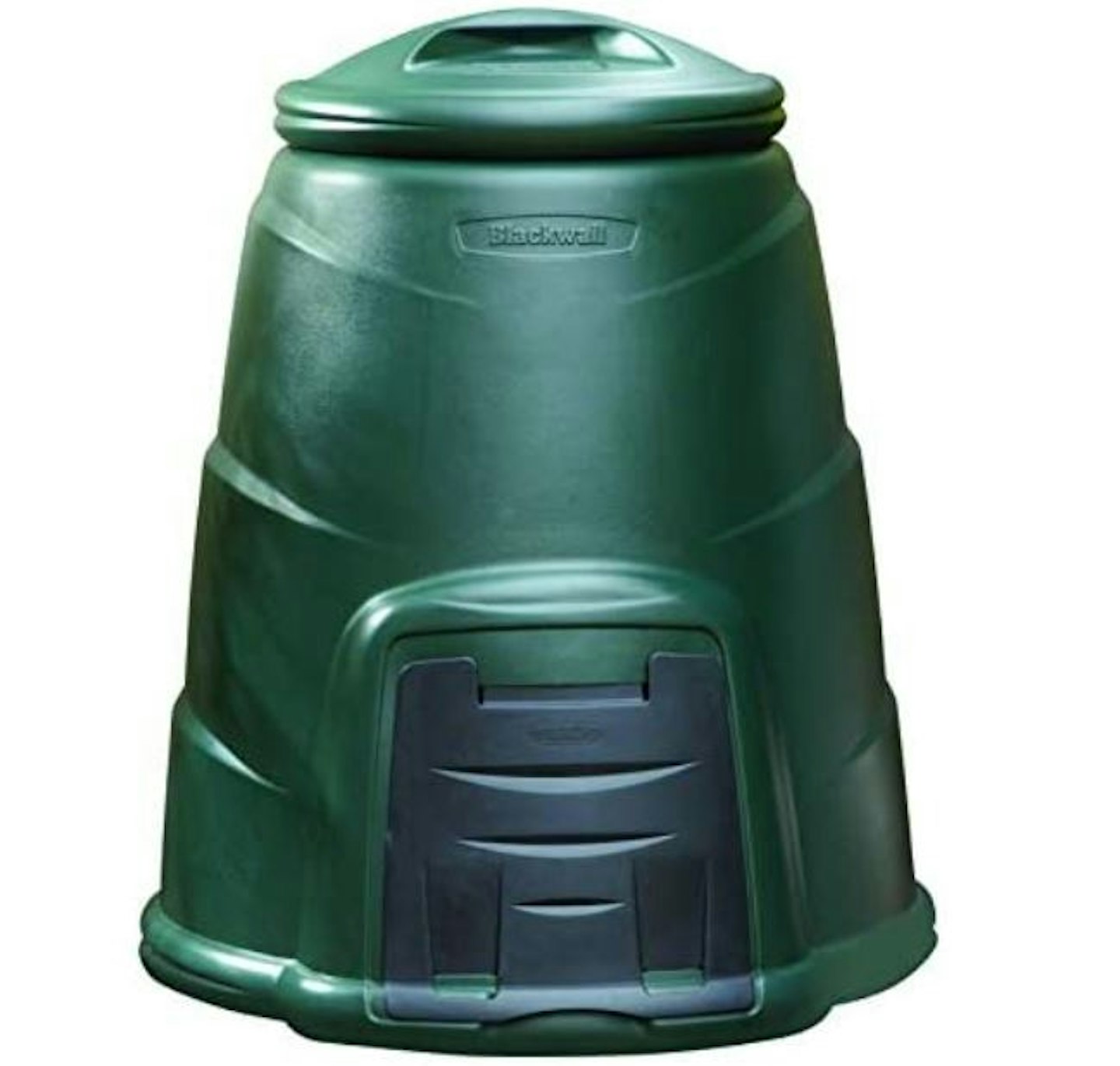
oipps.co.uk
A simple little composter. This bin is made from thick, recycled HDPE plastic and stands 90cm tall with a 74cm base. The lid clips on firmly, so there's no chance of it being swept off, and the small hatch at the base makes it easy to remove fresh compost.
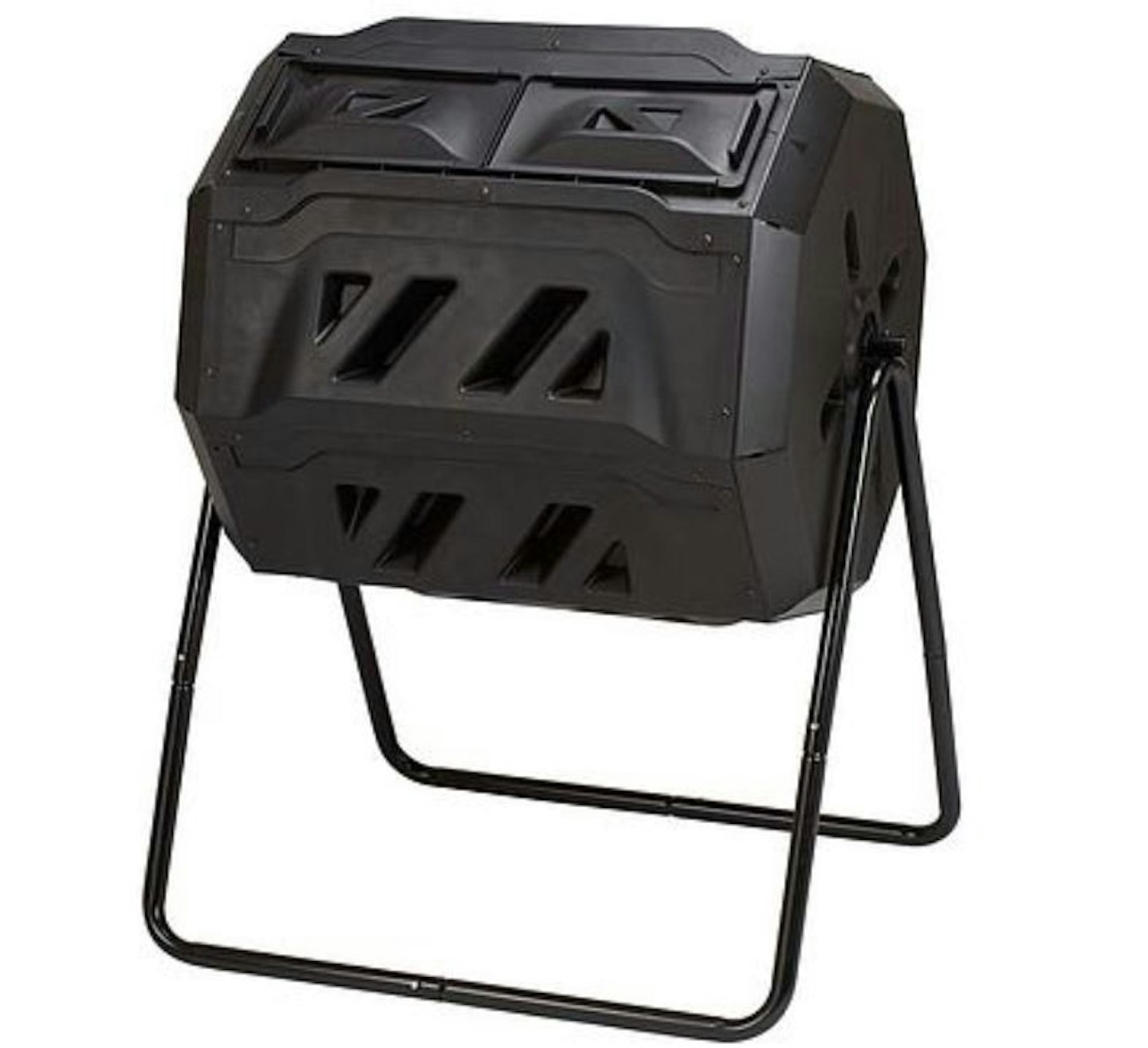
www.thompson-morgan.com
In making the mixing process easier, instead of using a garden fork to turn your compost, you can get one of these. It has two 80 litre chambers; you put the fresh waste into one and turn the composter a few times once a week. As the waste breaks down it filters into the other chamber, ready for you to collect.
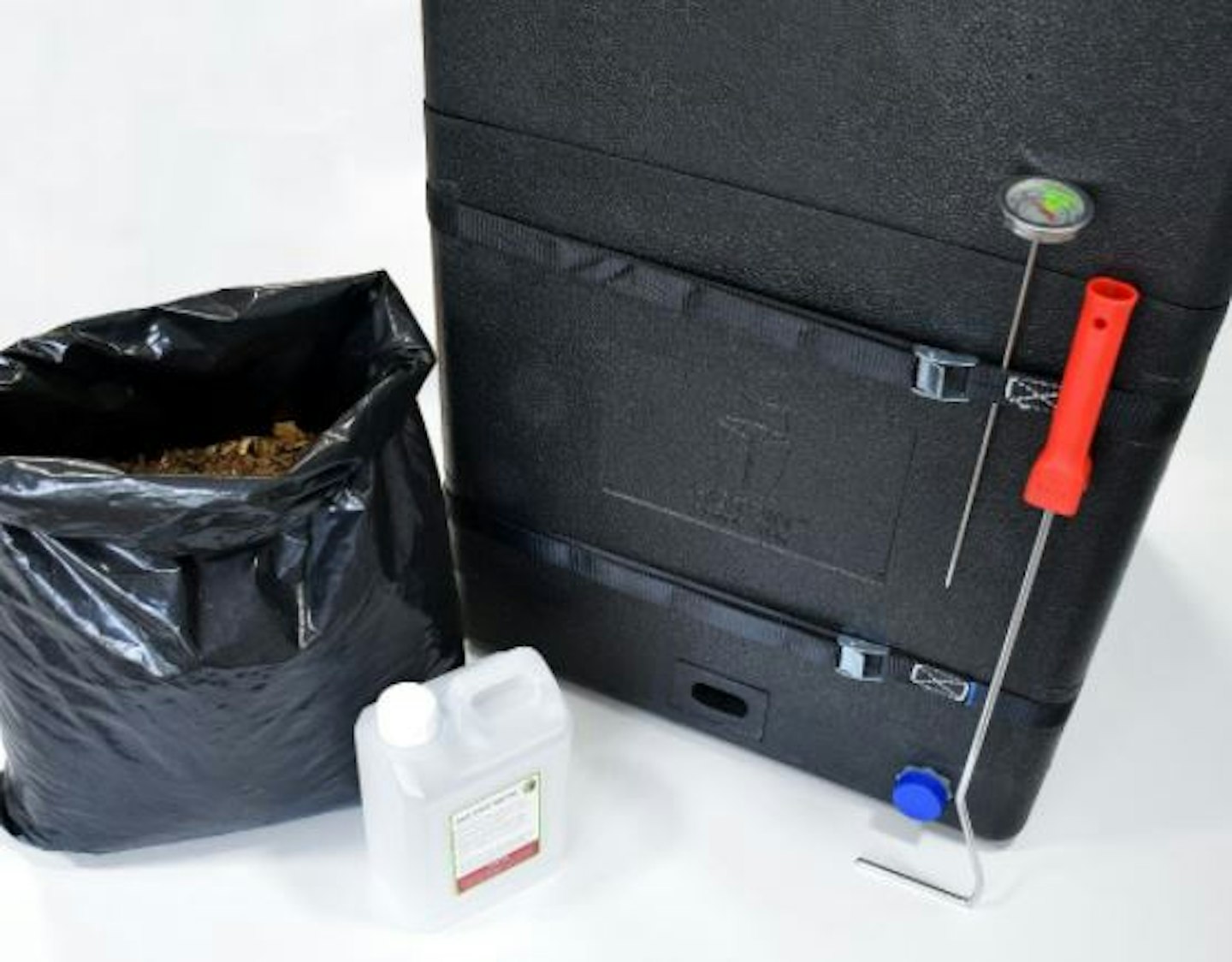
www.crocus.co.uk
Adding heat speeds up the composting process. Therefore if you want results faster, you can consider this. It's pricey but it can produce organic compost in 90 days. It's considerably thicker than the standard compost bins and heats up to 60u00b0C. At 200 litres, it's not huge, but working at such a rate, size doesn't matter so much. External dimensions are 114.5cm x 55cm.
Related: Best fence paint
Wormeries
Worm bins are great for dealing with kitchen food waste. You can keep one even for a small property, and it’s easy.
The important thing to know about a wormery is that they require a particular sort of worm. You need to use tiger, red, brandling, or dendra worms. Unlike earthworms, these guys work closer to the surface, making them suitable for worm bins. The places you can source composting worms from will know this, so you don’t have to fret about remembering the exact species.
In establishing your wormery, it’s key to note that your worms work best in moist (but not wet) conditions, between 18 and 25°C, so a sheltered location with a reasonably stable temperature is quite important. Good ventilation and a soil pH level of around 6.5-7.0 is needed for a healthy, productive worm bin. Balancing the pH of the compost is straightforward and requires a simple Google check. For instance, in acidic compost, you can add the calcium carbonate compound.

Related: Best garden gazebos
The worm bin you buy will have instructions on how to set yourself up. But the general guidelines are:
Have a layer of a few centimetres of compost, then add the worms, then several centimetres of waste to be composted. With that setup, leave it for about a week for the wormery to establish itself.
When adding food, don’t add too much for the worms to keep up with. If food isn’t being eaten, don’t add any more until the worms have caught up. Excess food that sits in the wormery for a while can start to smell and attract flies or even vermin.
You can add raw vegetables, except onions and the like which should be cooked first; any cooked vegetables; fruit (not too much citrus peel); tea bags free-from plastic such as PG Tips, Twist Teas, and Hampstead Tea; eggshells; coffee grounds; a little bread; small amounts of non-glossy paper. If you have lots of waste to compost that is too much for your wormery, there is no reason why you can’t have a regular compost bin, too.
Ideally, avoid dairy and meat because it will smell and attract flies.
You can check the worms are healthy by gently churning the compost occasionally.
Sometimes you may need to drain any accumulated liquid, which can be used as a soil fertiliser. You can even use it for your house plants when diluted down.
After several months, your wormery will eventually become full. Wormeries with trays work brilliantly because the worms work their way upwards, leaving the bottom trays full of fresh compost.
Related: Best gardening gloves
These are the best wormery bins:
With the addition of the optional planter box on top, this quaint wormery is quite attractive in the relative company. It's made in France and from recycled plastic. You can choose from 10 different colours. You have the option of two to four trays to begin with (price shown is three trays plus planter box), to which you can add more trays as your wormery progresses. A stack of three or four trays should cater for a regular four-person household.
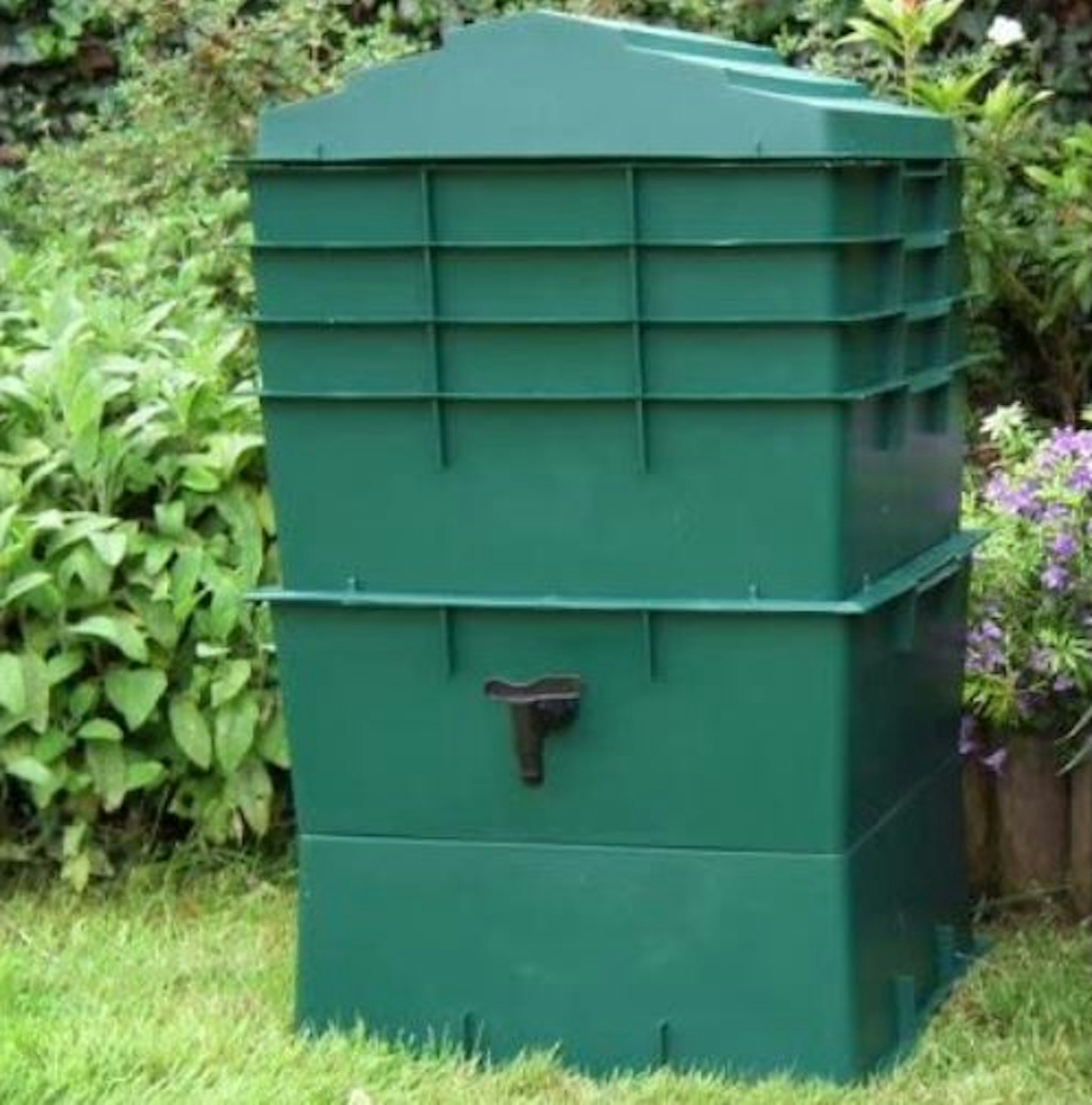
At 100 hundred litres (25 litres per tray), this is much larger than the WormBox. It's made in England, and from recycled plastic, too. The trays have a good surface area of 43cm x 43cm, which helps with productivity.
Related: Best weed killer
Compost bins for larger properties
If you have ample space, you can have a larger compost bin, if you want one. You could even have a wormery, too. Alternatively to closed bins, you can have an open compost heap that can be bought as a kit set or you can simply make one yourself. It’ll work fine, the composting process will just take longer.
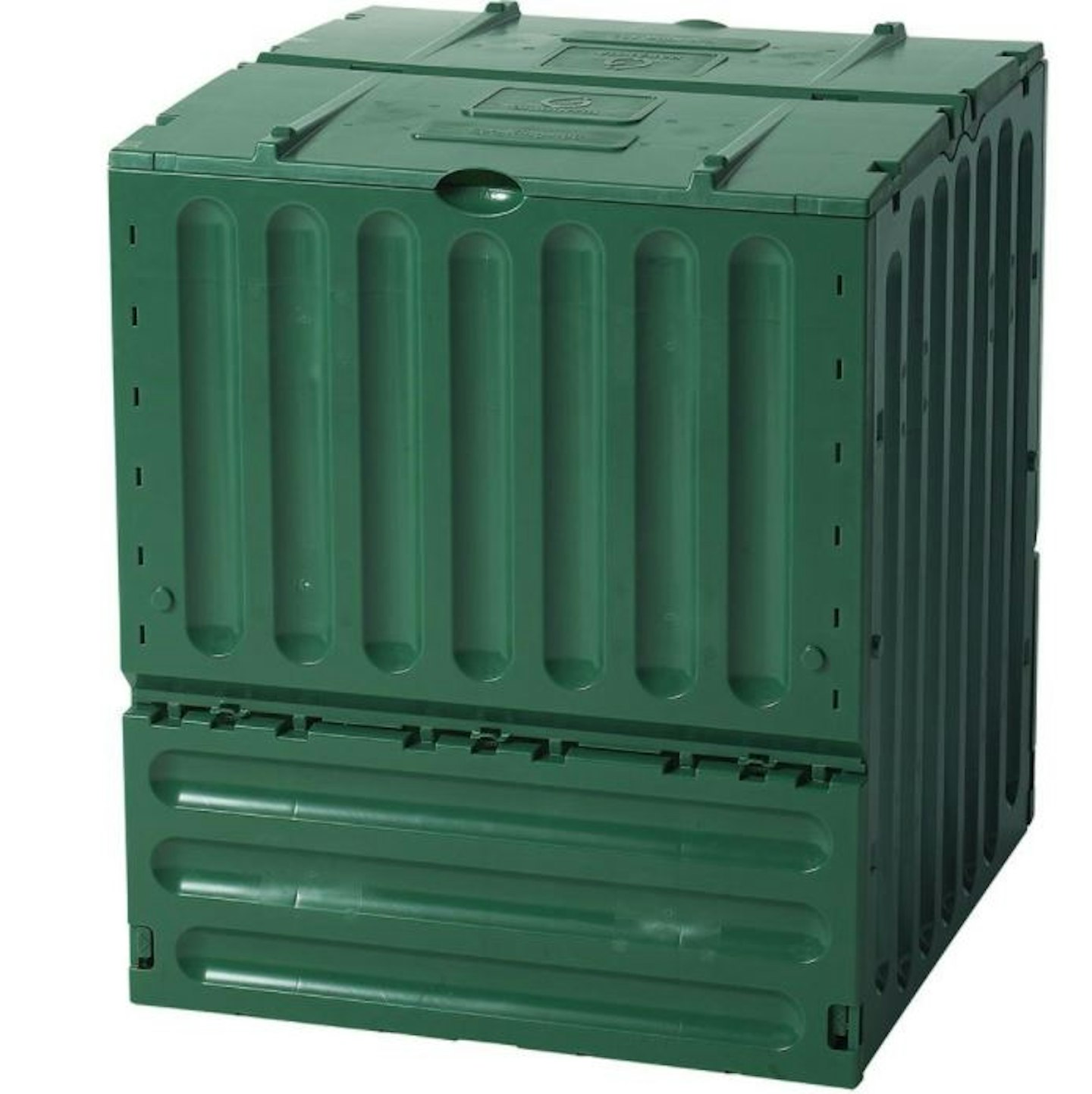
www.crocus.co.uk
This big bin comes in 400 or 600-litre volumes at £59.99 and £61.99, respectively. Made of sturdy recycled plastic, it has two flaps on top which can be opened from either side and another at the base to reach the fresh compost.
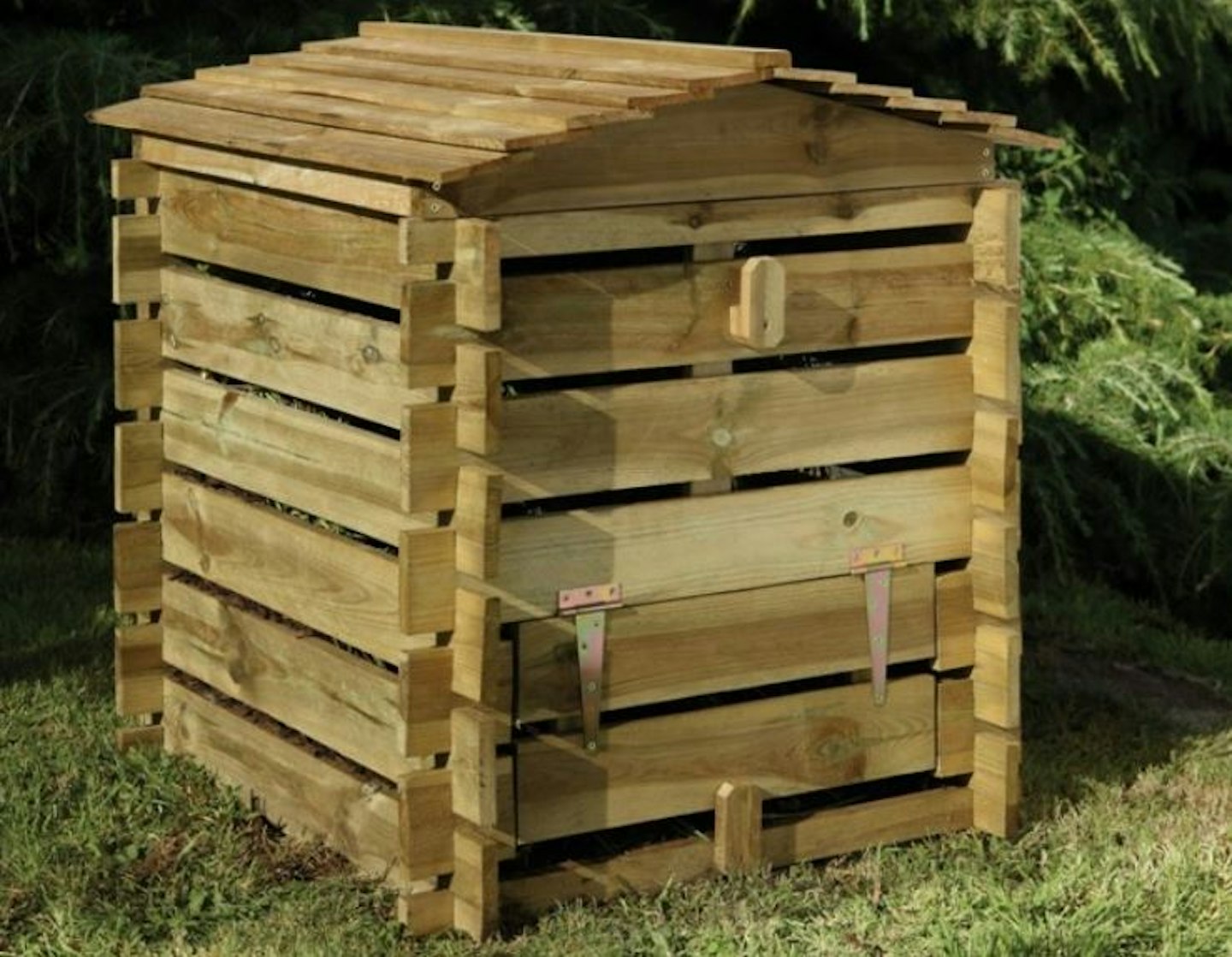
www.keengardener.co.uk
For something a bit less bin-like, there is this option. A flat-pack, 250-litre composter made from pressure-treated timber. The bottom can be held open to retrieve compost and the lid can be held open with a strut supplied. It comes with a 15-year guarantee.

www.keengardener.co.uk
As simple as composters get. A 400-litre open crate to keep your big compost pile from spilling all over the place. It's made from pressure-treated timber and comes with a 15-year guarantee. It sits on a square base of 99cm and is 61 cm tall.
Need bigger than 400 litres? Try 600. It has the same design as above with slats to allow airflow. it's made from pressure-treated timber, too. The square base is 93cm and the height is 70 cm.
What to read next:
**Chris Williams**is an Automotive Content Writer, writing across Parkers and CAR Magazine and contributing to What’s The Best. For What’s The Best, Chris specialises in writing about tools and outdoor gear.
Subscribe to the What’s The Best Newsletter to keep up to date with more of the latest reviews and recommendations from the What’s The Best team.
